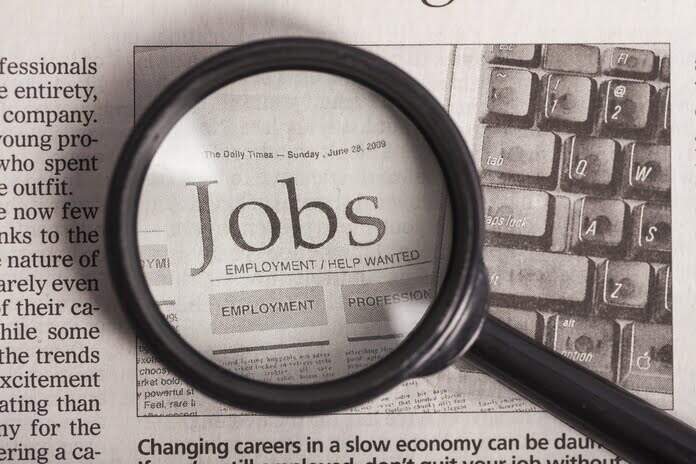In a surprising turn of events, the United States not only avoided a recession but also experienced robust job growth, with employers adding 353,000 jobs in January. This unexpected surge, double the economists’ predictions, marks a continuation of the economy’s resilience despite facing the highest interest rates in two decades, as indicated by the government report released on Friday.
January’s job gain exceeded December’s figure of 333,000, which was itself revised significantly higher. The unemployment rate remained at an impressive 3.7%, just above a half-century low. Wages also saw an unexpected acceleration, with average hourly pay increasing by a sharp 0.6% from December, the fastest monthly gain in almost two years, and 4.5% from January 2023.
The strong hiring and wage growth could complicate or delay the Federal Reserve’s plan to start cutting interest rates later this year. Despite concerns about President Joe Biden’s economic stewardship, highlighted in the ongoing presidential campaign, the latest job gains indicate employers’ commitment to hiring to meet consistent consumer spending.
The details of the January jobs report revealed broad hiring gains across various sectors. Professional and business services added 74,000 jobs, healthcare companies added 70,000, retailers added 45,000, governments at all levels added 36,000, and manufacturers added 23,000.
The unemployment rate has remained below 4% for two consecutive years, marking the longest streak since the 1960s. Rubeela Farooqi, Chief U.S. Economist at High-Frequency Economics, emphasized the strength of the labor market, suggesting that robust job and wage growth supports the Federal Reserve’s patience on rate cuts.
However, Julia Pollak, Chief Economist at ZipRecruiter, pointed out that the average weekly work hours were the lowest since 2010, excluding the COVID-19 recession. This could be a potential warning sign of softening demand for workers and impending job cuts, although it may also be influenced by January’s winter storms.
The Federal Reserve, recognizing the economy’s durability, indicated a cautious approach toward rate cuts. Despite the concerns raised by high-profile layoffs at companies like UPS, Google, and Amazon, the overall job market remains solid, layoffs are historically low, and the unemployment rate aligns with a healthy economy.
Consumer resilience, bolstered by savings accumulated during the pandemic and a wave of early retirements, has contributed to the positive economic outlook. Recent surveys also show a gradual improvement in public confidence, with measures of consumer sentiment on the rise and inflation expectations reaching their lowest point in nearly three years.
While the strong job growth in January is likely to influence the Federal Reserve’s decision on interest rates, a rate cut in March seems unlikely. Federal Reserve Chair Jerome Powell emphasized the desire for strong growth and a robust labor market during a recent news conference, downplaying concerns about the impact on rate cuts. The rate at which Americans are quitting their jobs, a key predictor of wage trends, has slowed to pre-pandemic levels, suggesting a balanced labor market.
Featured Image: Freepik @ BillionPhotos

















